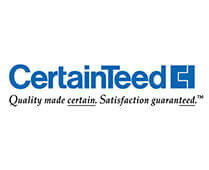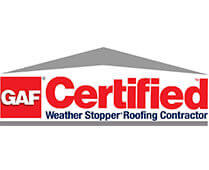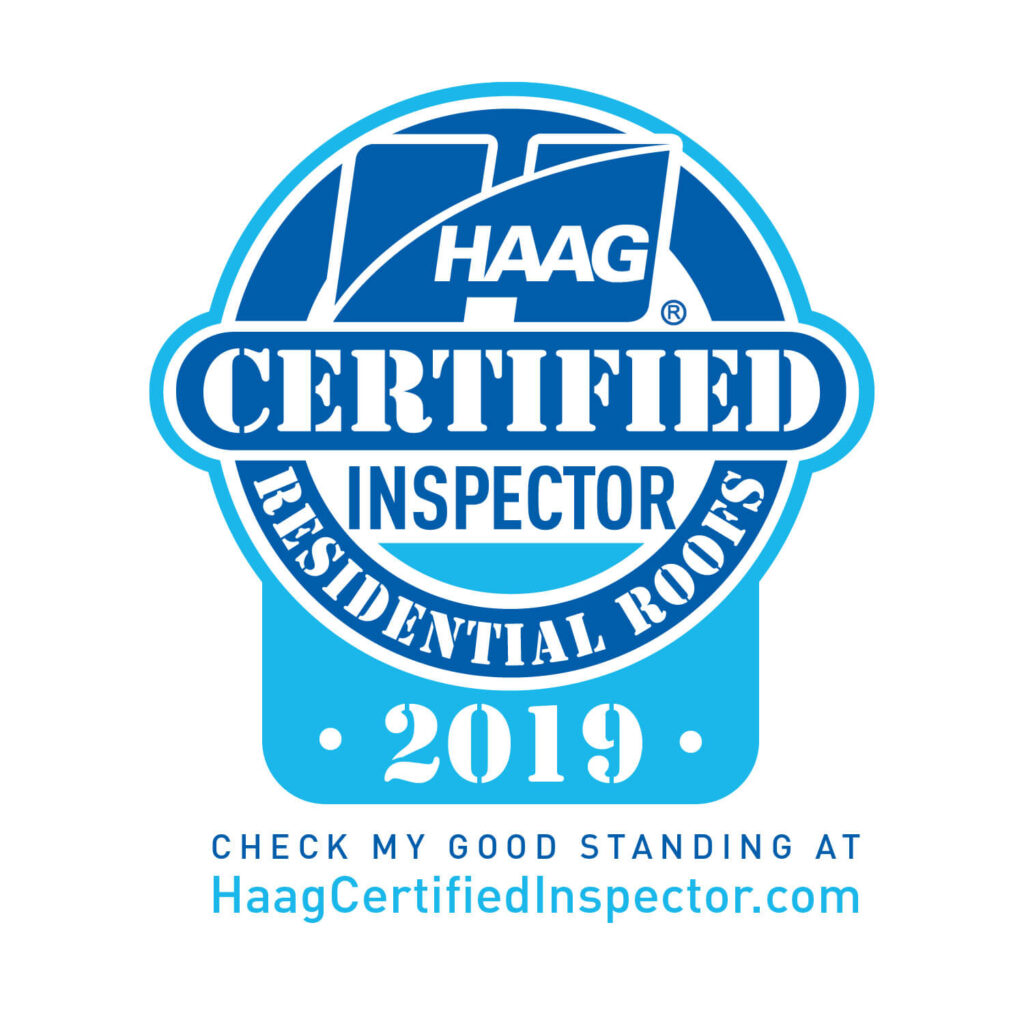Key Takeaways
- The average cost of a new roof in Edmonton varies based on materials, roof size and pitch, labor costs, and project complexity.
- By investing in quality materials and properly installing underlayment, flashing and ventilation you can increase roof life and decrease roof maintenance costs over the long term.
- While Edmonton’s weather is a factor in roofing, that means choosing a material that holds up to extremes like ice and snow.
- As you read roofing quotes, itemize the price, and see line items, and clear up warranty and payment terms so you’re not surprised.
- Balance the benefits of repair against full replacement by factoring in the roof’s age and condition as well as home value.
- For starters, talk to local experts, get multiple quotes and prepare for both short and long-term expenses.

Roof cost edmonton refers to the cost of a roofing job for a house or building in the Edmonton region. Costs tend to vary depending on roofing type, roof dimensions, labor costs and materials such as asphalt shingles or metal panels. We’ve seen most homeowners pay anywhere from CAD 6,000 to CAD 15,000 for a typical roof job, although larger or more complex roofs may run even higher. Local weather, like snow and cold, can affect price and what materials work best. Typical variables are roof pitch, removal of the old roof, and warranty choices. For planning purposes, this guide will explain what to expect for roof costs in Edmonton and how each detail impacts price.
The Price Tag
Roof replacement prices in Edmonton can be quite diverse. Its price is determined by a combination of elements, all of which have a direct effect on your ultimate invoice. Here’s a breakdown of what drives the trends:
- Material selection—certain ones are pricier up front but potentially longer lasting.
- Roof size—bigger roofs mean higher material and labor costs.
- Roof pitch—steeper angles typically hike up installation difficulty and safety requirements.
- Labour rates—local wage trends and contractor experience influence this cost.
- Project complexity—custom floor plans or design elements can drive prices up.
1. Material Choice
Roofing materials vary significantly in price and effectiveness. Asphalt shingles, the most popular option, generally run between $3.00 – $5.50 per square foot, which fits nicely within many budgets. Metal roofing can be double that, while permanent options such as slate can be as high as five times as expensive as asphalt. For instance, where materials may be anywhere from $100 to 1,000 per square. The initial cost is not the only consideration. Metal and slate last longer than asphalt, often by decades, which can translate to less replacements. Certain materials require expert installers, which increases the labor invoice. Quality options are nicer and more abrasion resistant, but you’ll shell out extra for those benefits.
2. Roof Size
Your roof size is the biggest cost driver. The greater the square meters, the more you’ll pay in materials and labor. A typical bungalow, say, 1,700-2,100 square feet, will run you something on the order of $5,000-$12,000. Bigger roofs generate more waste and can increase disposal fees, as well. For instance, a 10 square roof runs $4,500 to $6,650, whereas a 30 square roof will cost you $19,950. Always measure, measure, measure and provide these figures to your contractor for an improved estimate.
3. Roof Pitch
A steep roof makes installation more difficult. That implies higher labor costs because it requires more time and additional protective equipment. The angle can restrict the materials you can utilize by weight and water flow. Steep roofs tend to shed water better but might require additional ventilation. Discuss this with a professional as pitch can influence the style and longevity of your roof.
4. Labour Rates
Labour costs in Edmonton account for approximately 60% of your roof bill. Typical fees vary on experience and market interest. Shop quotes from a few contractors–some will charge more for hard jobs or short timelines. PS. NEVER get an estimate without a cost breakdown – you want to know what you’re paying for!
Beyond The Shingles
Roof work isn’t just about replacing shingles. Underlayment, flashing and ventilation all append layers to the project—and to the cost. Waste removal contributes to the overall cost as well. All of these things impact your roof’s durability to elements, aging and time.
Underlayment
Underlayment lays between your shingles and roof deck, providing an additional defense against water and wind. You’ll see standard felt, but synthetic underlayment is now typical for its robustness and moisture resistance. Felt is typically less expensive, however synthetics are more durable and deal with severe weather more effectively which is key in areas with high precipitation or snowfall. Costs vary: felt can be $2–$4 per square meter, while synthetics reach $6–$10 per square meter. Better quality products can lengthen your roof’s life, up to 20 years for asphalt or 50 with tile or metal. Installation labor is usually included in a roofing quote, but always ask. Certain areas have codes that limit what kind of underlayment you can install — double check your local codes.
Flashing
Flashing is that which keeps water from sneaking into roof joints and valleys. Miss or skimp on flashing and leaks become a real risk, regardless of how good your shingles are. Aluminum and galvanized steel are typical, but copper endures best—albeit at a higher price. Anticipate $10–25/m for steel or aluminum, copper could be $30+. If your roof has multiple peaks or chimneys, then you’ll require additional flashing, which increases the final bill. ALWAYS ask your roofer which flashing works best for your roof shape and local weather.
Ventilation
| Ventilation Type | Typical Cost (per unit) | Pros | Cons |
|---|---|---|---|
| Ridge Vent | $50–$100 | Even airflow | Needs ridge line |
| Soffit Vent | $3–$7 | Low cost | Needs eaves |
| Gable Vent | $20–$50 | Simple install | Limited airflow |
| Powered Ventilator | $100–$300 | Active cooling | Needs power source |
Proper airflow in your attic not only keeps it dry but can reduce energy bills. Ridge and soffit vents suit the majority of roof types and climates. Prices cover materials and labor—more complicated roofs might require additional vents or specialized tools. Consulting your contractor gets the right vent matching your home to provide consistent airflow and prevent moisture accumulation over time.
Waste Disposal
Old roofing has to end up. Disposal fees can accumulate, particularly with large or steep roofs where tear off is more difficult. A lot of areas charge by the pound or by the cubic yard so request clear pricing from your roofer. Some local ordinances may even mandate that old shingles be sorted or recycled—this not only helps to save money but saves the environment. Make sure to add cleanup costs to your budget.
Edmonton’s Climate Factor
Edmonton’s Climate Factor is a real human who informs our roof selection. It features cold winters, hot summers, and a humid continental climate. Big temperature swings are the norm, so roofs need to be tough and capable of withstanding any weather. Winters mean loads of snow—an average of 124 cm each year. That much snow weighs on roofs and snow that melts and freezes can create ice dams. Ice dams develop along the roof’s edge and prevent melted snow from draining. Moisture can accumulate and seep into the building, creating significant damage.
Heavy snow, ice and hail are hard on roofs. Asphalt shingles are typical, Edmonton’s climate can cause them to age prematurely with lifespans as short as 17 to 30 years. Snow and ice can cause shingles to crack or curl. Hail can knock granules off the shingles, leaving them less capable to keep water out. Metal roofing is a great choice in this case. It can weather heavy snow, hail and drastic temperature changes. Metal roofs sluice snow easier and last longer than asphalt, which is why so many Edmontonians choose them.
Edmonton’s climate is more than just freezing. Our summers can be warm and our roofs have to weather heat and cold. Fast warm-cold shifts can cause roofing to expand and contract. Over time, this back-and-forth creates wear and weak points. That’s why selecting the right fabric is so important. Roofs designed for hard climates—metal, or good quality asphalt—wear better and last longer.
When consulting a contractor, it’s useful to inquire how our local climate might impact your roof. They can demonstrate what materials are most effective and for what reasons. They’re familiar with ice-dam and leak damage and can help anticipate it. They can tell you when to be working on the roof. Late winter and early spring are best as the weather is milder. That makes work go quicker and reduces the chances of weather delays.
Repair or Replace?

As far as roof cost Edmonton is concerned, the issue is whether to repair or replace. That decision is contingent on the condition, age and material of the roof. Each alternative has its own costs and risks and long-term effect on your property’s value.
The Quick Fix
If you have a leak or a few shingles here and there, they can probably repair the roof. If damage covers less than 30% of the roof, a patch or shingle replacement could do. Quick fixes are cheaper up front, which is why some owners take this path, particularly with fresher roofs or lighter wear.
It depends on the job—quick patch on a few leaks or replacing shingles is much less than complete replacement. Asphalt shingles tend to be the least expensive to fix, and slate or metal cost more. These repairs can last for months or years — depending on the roof’s age and weather.
If the same issue continues to arise, or if the repair is simply masking a larger problem — such as subpar underlayment or water damage — the expenses can accumulate. Stop gap fixes don’t treat underlying issues and repeated patches can cause costly repair jobs down the line.
Save all your repair receipts. This comes in handy if you’re selling your house or want to keep tabs on persistent issues.
The Full Overhaul
Nothing breathes new life into your home like a full roof replacement. It beautifies the house and creates a value add for the property which is attractive to potential buyers. Not only does a new roof increase energy efficiency, it typically adds less maintenance for the next 10-20 years.
Though the incremental cost of replacement can be steep—anywhere from $5,000 to $12,000 or more—it often pays for itself in reduced repairs. Metal and slate roofs are more expensive, they last longer than asphalt, which is cheaper. Over time, reduced energy bills and reduced maintenance can make that investment worthwhile.
Consider your length of stay in the home. If selling soon, new roof might boost value/sell faster, so at least get something back.
Consult a Professional
Experts can identify issues you’ll overlook. They’ll inspect the roof’s age, material, and extent of damage.
NEVER have just one opinion — compare options and costs!
Decision Factors
Look at your budget.
Think about how much of the roof is damaged.
Don’t forget the roof’s age.
Always weigh short-term savings against long-term costs.
Decoding Your Quote

Roofing quotes can appear complicated at first when you’re trying to weigh cost, value, and peace of mind. Knowing what each section means will allow you to make informed decisions, avoid surprises, and plan your budget with confidence.
Line Items
Itemized quotes separate costs for supplies, labor, debris removal, insurance, and any add-ons. Labor itself might be about 60% of the bill, with materials, including shingles and underlayment, accounting for the balance. Nl) search for line items specifying replacement decking—nearly all quotes have an allowance for as much as 9.3 sq m.—and fees for steep roof pitches, which require additional manpower and safety equipment. If your quote is a lump sum or jumps over specifics, demand a line item breakdown. A checklist for review: shingles, underlayment, decking, flashings, vents, waste removal, insurance, and safety equipment.
Get comparable quotes from a minimum of three contractors, and be on the lookout for large price discrepancies. Low prices can indicate cheap materials or shoddy craftsmanship. Ensure that every quote has everything to avoid being ambushed by hidden costs.
Warranty Details
Warranties differ by material and by contractor, from basic coverage to stronger plans. Certain higher-end warranties, capable of tacking on 10–15% to material prices, may provide longer coverage or additional circumstances. Inquire about the coverage period, specifics on what’s included, and any potential exclusions. Compare offers from the manufacturer and installer.
See if the warranty transfers to a new owner if you sell. This can increase your home’s worth and comfort for future homeowners. Warranty length and terms ought to meet your expectations for longevity and coverage.
Payment Terms
Crystal payment terms guard both you and your contractor. Standard deposits tend to run around 10–20% of the price. Very large upfront payments are unusual and can be a red flag. Payment schedules ought to correspond with project milestones and be detailed in your contract.
If the up-front amount or balance is difficult, talk about financing or payment plans. Please get everything in writing to avoid misunderstandings. Pushy sales tactics are a warning sign—credible experts allow you to breathe.
Clarifications
Query ambiguous pieces. Validate any ‘leeways’ for additional work. Double check for missing line items. Get everything in writing.
The Long-Term View
Long as it is, thinking long-term can help homeowners plan smarter for the real costs and gains of a new roof in Edmonton. The objective is not temporary patch up, but the long-term view—investing a little extra upfront can translate into less maintenance and reduced bills down the road. Roofs are one of the larger home expenses, but they do more than just keep out the rain. A sound, carefully selected roof will increase your home’s value and assist in lowering energy costs. If you choose the right material and a dependable contractor, you position yourself for less repairs and maintenance. For example, metal and slate tile roofs cost more up front, but they can last far longer—some even 50 years or more. Asphalt shingles are typical and can last even 30 years, while wood shake roofs are very long lived if well maintained.
Longevity is the name of the game. A roof 20+ years old could be close to its maximum, with Edmonton’s cold and snow. Replacing it before issues arise can reduce emergency repair expenses. Routine inspections and maintenance—such as cleaning gutters and replacing damaged shingles—go a long way. They can extend the lifespan of your roof and prevent expensive invoices down the road.
Energy consumption is another significant component of the long-term perspective. A bad roof leaks heat, so you pay more for heating and cooling. Good insulation and solid substances assist seal in solace and preserve prices down overtime. For locations with large temperature fluctuations, this accumulates fast. If your roof is well constructed and appears to be cared for, it can even contribute to making your house more marketable down the road. Buyers usually want to know the roof’s age and condition. A new or robust roof will help your home differentiate itself from the competition on the market.

Conclusion
Roof cost Edmonton varies by roof size, type and weather requirements. Brutal winters and rapid thaws layer on stress so durable materials reward. Price tags reflect more than shingles–consider labor, roof design and potential repairs. A quote brings the details and helps sort out your options. What’s the upfront price, sure, but your roof choice is the one that keeps heat in and water out and repair bills down the road. Know before you go with tips to plan smart, check out quotes, ask about the work, and weigh repair vs. A full swap. For a roof that can take on Edmonton’s mix of sun, snow and rain, chat with local pros. Get the information, then choose what suits your home and your budget.
Frequently Asked Questions
How much does a new roof cost in Edmonton?
In general, a new Edmonton roof costs from CAD 5,000 to CAD 12,000. The cost varies based on roof size, materials and labor. ALWAYS ask for specific quotes from local professionals!
What factors affect roof cost in Edmonton?
Important considerations are roof size, material, labor rates, and roof complexity. Edmonton’s weather can impact material choice and expense because of the requirement for robustness.
Does Edmonton’s climate increase roofing costs?
Yes. Edmonton’s cold winters and heavy snow demand tough weather-resistant materials. This at times can make roofs more costly than areas with less extreme weather.
Should I repair or replace my roof in Edmonton?
If your roof just has minor damage, repairs might suffice. For pervasive leaks, aging or structural concerns, replacement tends to be a more economical solution in the long haul.
What should I look for in a roofing quote?
A quality roof quote itemizes all materials, labor, warranties, and tear off. Request information and get multiple quotes for comparison prior to making your decision.
How long does a new roof last in Edmonton?
With quality installation and maintenance, the majority of roofs in Edmonton endure 20–30 years. Severe weather may reduce this span, so routine inspections assist in extending durability.
Are there energy-efficient roofing options for Edmonton homes?
Yes. Certain roof materials insulate better, cutting down on heating expenses. Inquire with your contractor regarding energy efficient or reflective roofing options for Edmonton’s climate.
Not what you were looking for? Safe Roofing also offers the following services:
Safe Roofing’s Certifications and Qualifications
Manufacturer Certification: IKO (preferred installer)






